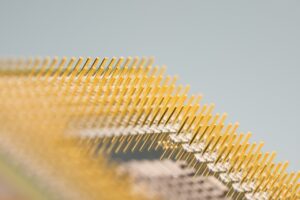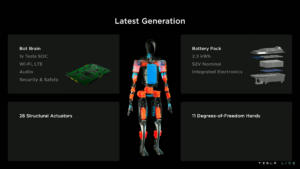
Washington (USA) The U.S. Department of Defense is working on technologies to predict the future, according to a press release on the recently completed Gide 3 experiment (Global Information Dominance Experiments). According to General Glen VanHerck, commander of the US military departments Nothcom and Norad, artificial intelligence (AI) is supposed to recognize events several days in advance on the basis of collected information. “The ability to see days into the future generates decision-making space. Decision space for me as an operational commander to potentially posture forces to create deterrence options to provide that to the secretary or even the president.” explains the general.
This should be made possible through a combination of classified information that the United States and its allies collect around the world and publicly available information that the military can acquire commercially from undisclosed companies. In addition, sensor, radar and other telemetry data will be used as well. The collected information is then to be searched efficiently and quickly for relevant data using Project Maven and the Joint Artificial Intelligence Center. The Starlink satellite dishes were also mentioned as a source of information during the Gide-3 experiment. It is therefore very likely that global satellite networks will continue to be relevant for information gathering and the resulting decision-making in the future.
According to The Drive magazine, the Gide 3 experiment is a reaction to failed war simulations by the US military, in which the US military suffered “significant losses”. In one of the scenarios, a possible war over Taiwan was simulated, in which the US military was inferior to the enemy forces. It was assumed that a possible enemy of the US armed forces could observe them for several decades and thus will have an information advantage.
“We always pull our troops together to fight, to survive. In this day and age, with supersonic missiles, with significant long-range fire from all sides, when you’re contracted and everyone knows where we are, we are vulnerable,” said General John Hyten, vice chief of the US Joint Chiefs of Staff. This traditional approach no longer makes sense in a future scenario. Gide 3 is intended to give the US military additional information to make further decisions.
The U.S. Air Force and U.S. Army had already been testing similar concepts of real-time data collection and the use of AI for faster and more informed decision making. However, VanHerck says the GIDE 3 experiments were different in that NORTHCOM isn’t looking to create new concepts, but instead is using data that is already available. The experiments were conducted in the context of the DOD’s move to deploy Joint All-Domain Command and Control, or JADC2, which is a program that has been designed to connect sensors from almost all of the service branches into a unified network.
“What we’re doing is making that data available and shared into a cloud where machine learning and artificial intelligence look at it,” VanHerck said. “And they process it really quickly and provide it to decision-makers, which I call decision superiority. This gives us days of advanced warning and ability to react.”
The first GIDE experiments hosted by Northern Command and NORAD were focussing on how to coordinate early warning alerts between just a handful of commands using AI and how to collaborate on logistics during war. The two defense commands also run the Pathfinder program, which uses AI to detect air threats such as incoming missiles or small drones.






